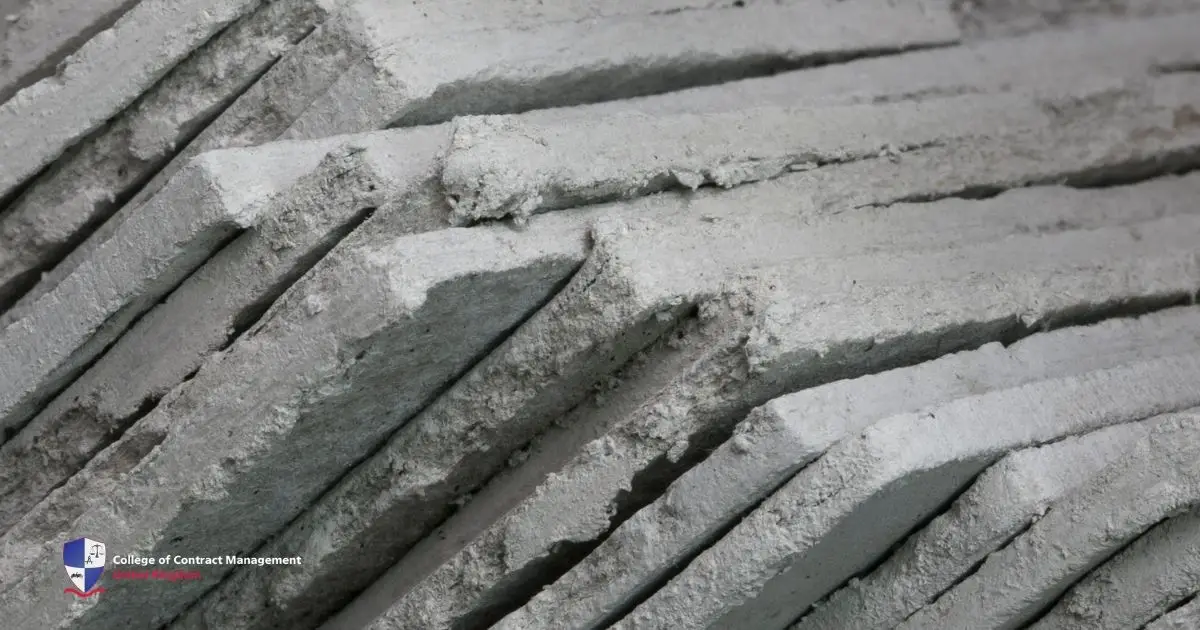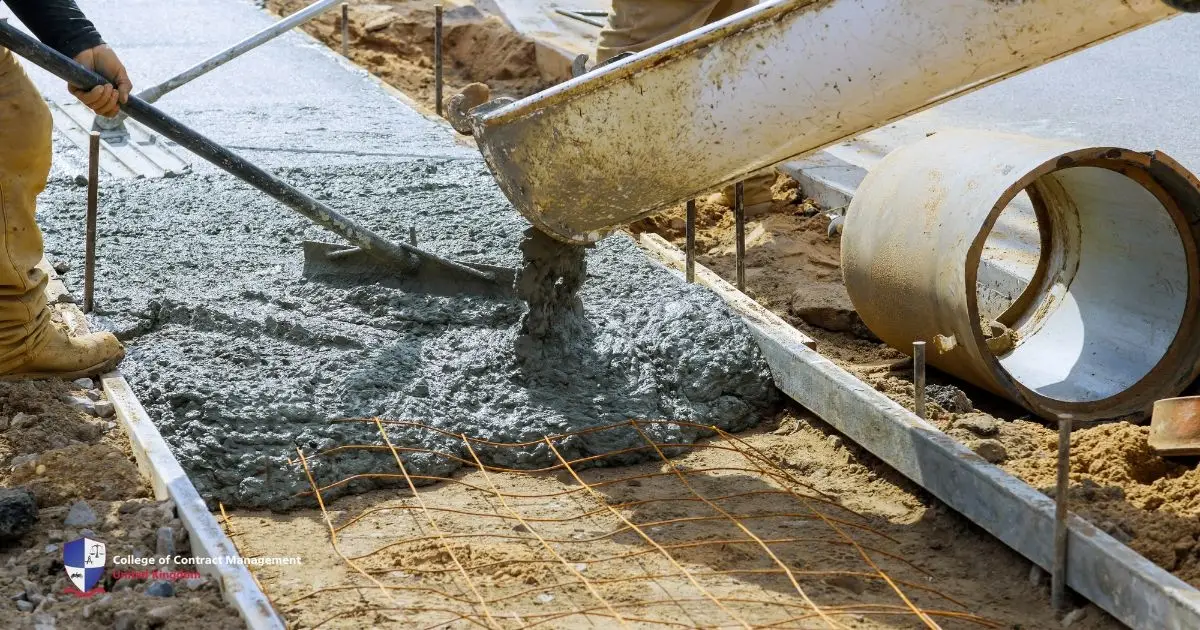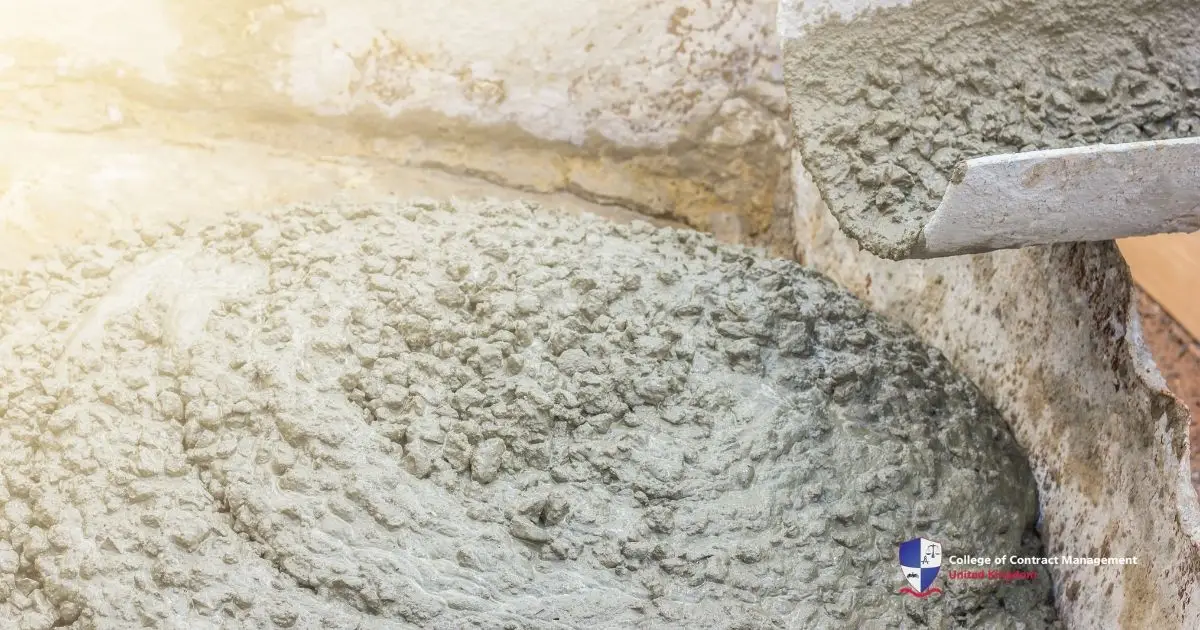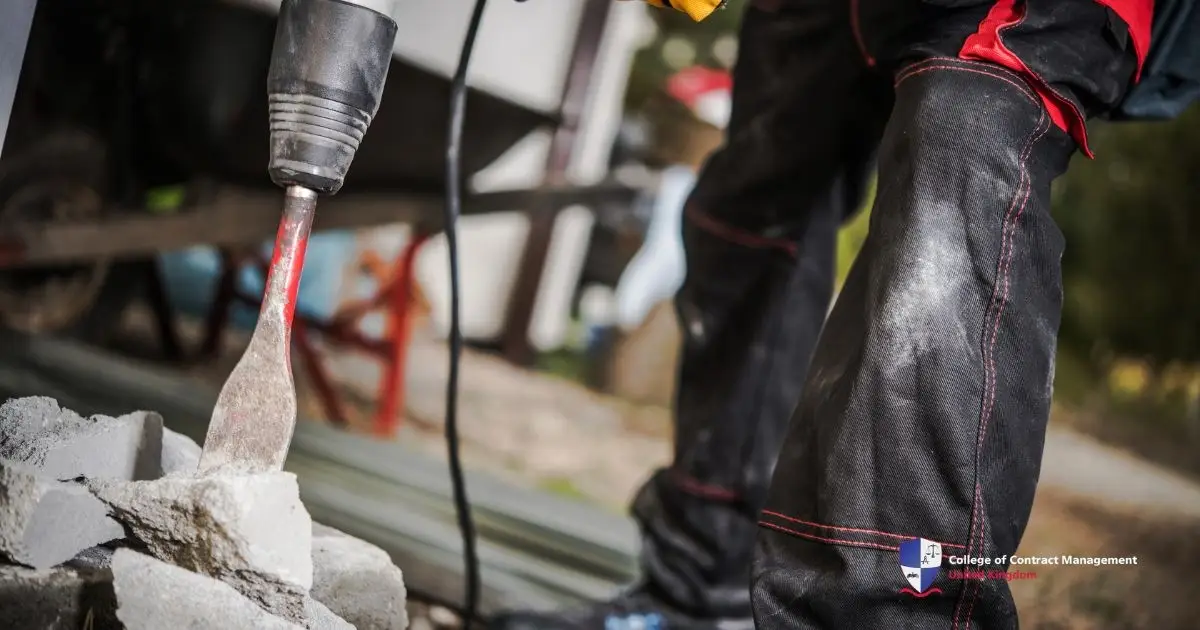At the start, manufacturers blend cement with reinforcing materials and specialised additives. This is how to make cement board, which they then compact into panels. Then, those panels would end up more durable than regular cement due to the additive and extra reinforcement being put in. Having those strengths is critical for both structural and support applications. Understanding these properties allows you to leverage the board more effectively.
Moreover, its versatility and characteristics ensure optimal results across many uses. In other words, the more you handle cement board, the more you will be able to figure out all its properties. Its long-term stability and reliability make it an excellent choice for sustained support in challenging conditions. To gain a comprehensive understanding of how manufacturers produce and utilise board, consult the detailed information below.
Cement board explained
A cement board combines cement and other fibres into robust panels designed for moisture resistance and structural support. This blend of material often uses fillers like sand or mica and even purpose-made additives. Those materials mostly make them as they ensure structural strength and resilience when they are used.
The water-resistant nature of the cement board makes it perfect for backing substrates for tiles. Most importantly, in wet areas such as showers, the kitchen and outdoor areas. Unlike paper-faced gypsum products, they don't disintegrate or foster mould growth when exposed to moisture. Thus ensuring long-term usability and durability under tile and stone finishes. As well, its rigid composition gives a superior impact resistance and support, which in the end reduces cracks.
Due to their makeup, which is primarily cement. These boards are incredibly dense and quite heavy, often needing two people to handle and install. Cutting these boards is quite difficult as well, needing a carbide or diamond-tipped blade. Therefore, professionals who specialise in dealing with these often need to install these boards.
How cement board is made?
Manufacturers create cement board by mixing cement, fibres, fillers, and other materials into a slurry, which they then press and cure into panels. The raw ingredients include things like Portland cement, sand or chalk, cellulose fibres, water, and mineral additives like mica or fly ash. Then, they put the mixed ingredients into moulds or a belt. Finally, they dewater it using a vacuum to filter it.
Next, they press the sheets under high pressure and usually autoclave them at around 175°C with steam to speed up curing. Some methods use a pre-curing stage before the main curing process to enhance board stability and reduce warping. After curing, they dry the panels in a controlled kiln and cut them to the required dimensions for applications.
Manufacturers can apply primers or coatings and then conduct quality checks for strength, thickness and moisture resistance. This process gives durable, moisture-resistant cement board, which is ideal for tile backing, exterior cladding, and structural support tasks. The non-stop monitoring throughout the production gives consistent products in terms of thickness, reliable performance and a lot more.
Cement board uses
Cement board is mainly used in places that need to handle water or high heat. It's best use for kitchen tiles, under shower walls or even as a base for countertops. Its properties ensure that it doesn't soak up water or grow mould, making it perfect for wet areas like laundry rooms, bathrooms, saunas and a lot more. People also use it outdoors as a sturdy layer under siding, stucco, or stone veneer because it can survive rain, snow, and temperature changes without rotting or cracking.
Beyond homes, builders use cement board for tougher areas. For example, it lines fireplaces, outdoor kitchens, or places near grills because it doesn’t burn. These boards are also widely used in schools, offices, or stores. Installers add them to walls or ceilings to slow fires. You might find them under floors in garages or workshops where heavy tools or machines might damage other weaker materials.
Types of cement boards
Cement board can come in several types, all depending on what you need and which manufacturer made them. You might find a common type, which manufacturers make with cement, sand, and fibres for durability. It is often used for siding, roofs, or interior walls. They produce cement backer boards. They are quite thin and made of fibreglass, perfect as a base for showers, floors, or countertops. Now, these are just some of the types of boards that exist:
- Cement-bonded particle boards mix cement and wood chips for a more lightweight panel in walls or soundproofing.
- Heavy-duty high-density boards can handle industrial floors or exterior cladding.
- Lightweight boards work for ceilings or curved surfaces where ease of installation matters.
There are speciality types that some may use if they need their exact properties:
- Glass-mesh cement board with fibreglass layers for outdoor stucco or insulation systems
- The fire-rated boards resist extreme heat.
- Acoustic boards to reduce noise in places like theatres or apartments.
How to install cement board
Installing cement board is the standard underlayment for ceramic, porcelain, or stone tile laid with thin-set mortar adhesive. This board is the backer board for most floor tiles, and plywood and drywall backer materials have been replaced by it for wall-tile applications in wet areas like showers and tub surrounds.
However, before you start, you need to understand the process thoroughly, which is why we are going to explain it in detail for you. Therefore, for a DIY tiling project, you need to know how to install cement board. Here's how you can do it and get a professional-level result.
Plan the installation
Create a rough plan for the cement board sheet layout based on the area to be covered and the size of the board sheets. Be sure to offset the joints between the cement sheets by the joints in the plywood (or other) subflooring by at least 8 inches to provide maximum floor stiffness.
Cut the cement board
You can cut cement boards with a utility knife and a T-square. To make round or curved cuts, use a jigsaw with a carbide blade, drill, and hole saw bit. What you want to do is score the board deeply with two or three passes with the knife, using the square to ensure a straight line. Snap the waste area of the sheet back to break the board along the cutting line.
Mix and apply the mortar
Mix a small batch of thin-set mortar as the manufacturer directs, mixing the dry powder with water in a bucket. Apply a mound of mortar to the subfloor, then spread it out in an even layer using a 1/4-inch trowel. Cover an area just large enough for the first cement board sheet.
Installing sheet
Place the first sheet over the mortar bed. If applicable, the rough or embossed surface of the sheet should face up. Allow a 1/4-inch gap between the edges of the sheets and all surrounding walls. Secure the board with screws and make sure to space them accordingly. Do the same for the rest of sheet.
Tape and cover the joints
Apply cement board joint tape to all of the joints between sheets. Which then, finally, you can apply a thin layer of mortar to cover the taped joint. Allow the mortar to cure completely, following the manufacturer's recommended drying time.
Conclusion
Cement board are an amazing piece of material, being strong and reliable to use in a hot, wet or highly used area. For example, like kitchens and outdoor walls. It resists water, mould, and fire, making it able to last a long time. Some types also help with sound or fire protection. Though hard to cut, proper installation makes it very stable and ideal for many building projects.
If you want to learn more about materials in construction, the College of Contract Management is the right place. The college offers courses that cover everything you need to know about construction. Besides construction, the college covers other subjects that align with your career goals. In the end, they give you the knowledge to stand out in the industry. So, why wait? Enrol today and create a better path with us!





